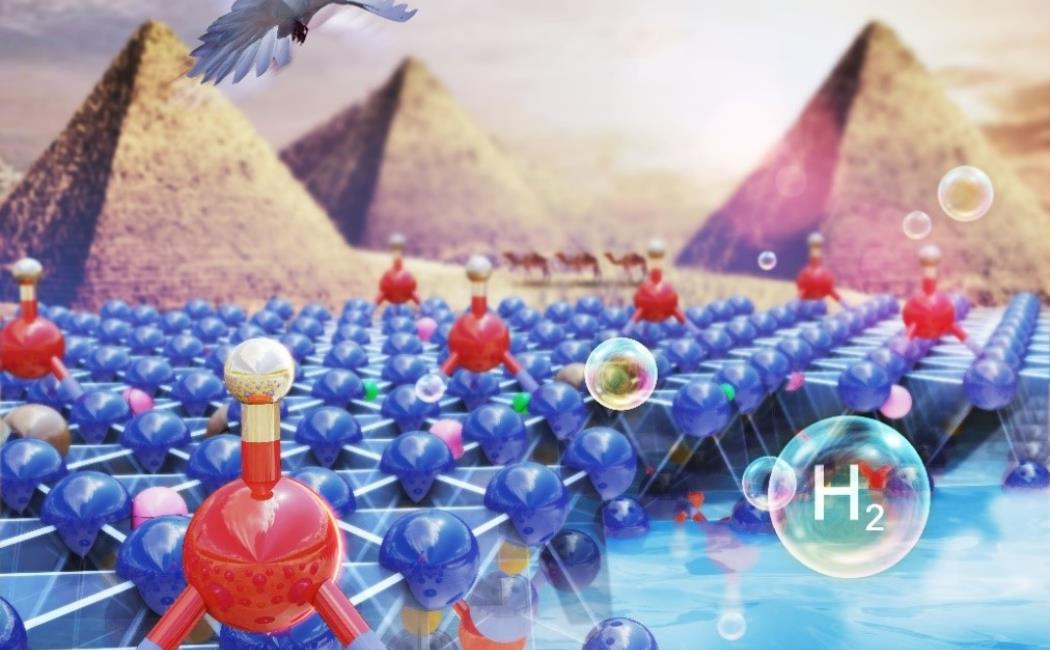
PI: Prof. Vincent Tung, Prof. Stefaan De Wolf
Photoelectrochemical (PEC) process holds tantalizing prospect for producing solar fuels and value-added chemical commodity from economically viable and earth abundant resources such as water and CO2 using renewable solar energy. In this project, we propose a transformative concept to marry highly efficient perovskite-silicon (PVSK-Si) photovoltaics tandem as a photo-absorber with atomically thin, single-crystal 2D transition metal dichalcogenides (TMD) as an electrocatalyst to develop a hybrid PEC device. Here, PVSK-Si monolithic tandem photovoltaic device where Si heterojunction, SHJ, bottom cells are in connection with PVSK top cells) with a certified power conversion efficiency >25% will be functioned as a photoelectrode. Meanwhile, 2D TMD with a continuous single crystallinity over the wafer-scale and a tunable bandgap will be transferred on to the PVSK-Si monolithic tandem device as an electrocatalyst. Current design readily delivers a maximum current density up to 20 mA cm-2 and photovoltage of > 1.8 V, which is sufficient to drive an unassisted PEC water splitting reaction to produce H2 fuel with expected solar-to-hydrogen efficiency up to ~20%.
Specific points of attention to this project are:
PI: Prof. Frederic Laquai
In this project, we explore new hybrid photon-energy up-conversion systems, consisting of molecular up-converters, typically heavy metal-containing porphyrins combined with polyacene derivatives, anchored to catalytically-active metal oxide nanoparticles. This allows sensitization of large bandgap metal oxide semiconductors below their optical bandgap, which can be used to catalyze (photo)chemical reactions such as the reduction of carbon dioxide (CO2). A proof-of-principle of up-conversion-mediated photochemical reactions has already been demonstrated, and ongoing work focuses on optimizing reaction yields and on developing an in-depth understanding of the photophysical processes using spectroscopic experiments.
PI: Prof. Thomas Anthopoulos
In this project, we will integrate tandem solar cells with wafer-scale nanogap electrodes made of suitable metals (Pl, Al, Ti etc.) to produce planar electrochemical cells that can electrolyze even pure water (DI) while operating close to enthalpic potential of 1.48 V. We will employ dedicated set-ups to evaluate the relation between field-enhanced electrolysis and threshold voltage and the effect of continuous operation on electrodes’ structural integrity. The quality and dimensions of the metal electrode nanogaps will be experimentally evaluated through HR-TEM, AFM, STEM techniques.